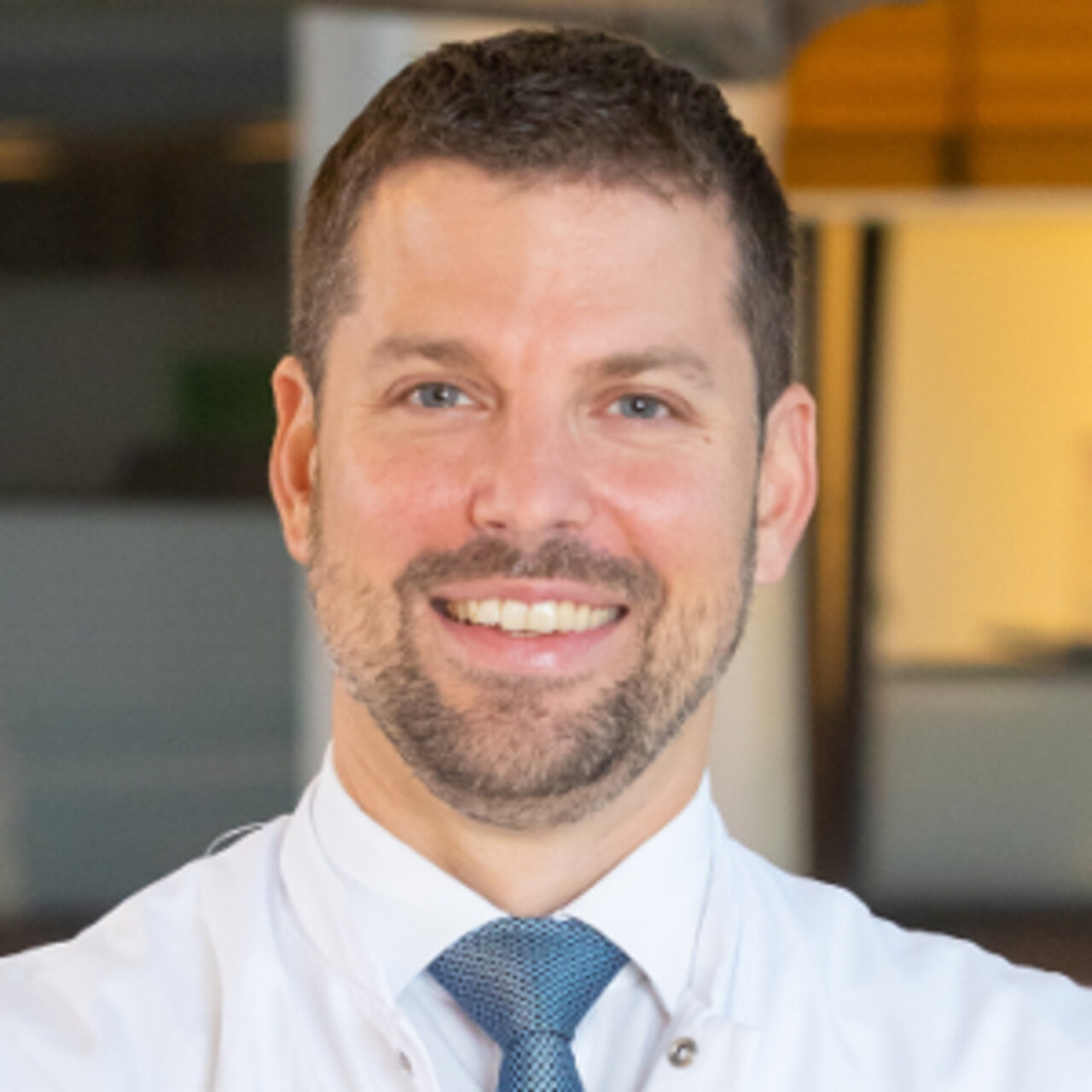Specialists in Endometriosis
7 Specialists found
Information About the Field of Endometriosis
Definition: What Is Endometriosis?
Endometriosis is the second most common disease in gynecology after myoma (proliferation of muscle fibers in the uterus).
The term endometriosis comes from Greek and means a pathological change in the uterus lining. Specifically, it is a carryover of the endometrium to areas outside the uterine cavity. It can affect the uterine muscles (adenomyosis uteri), the lower abdomen, the ovaries, the vagina, the bladder, the intestines, and even the lungs.
It is a disease of a sexually mature woman. So, patients between 20 and 40 years of age are frequently diagnosed with endometriosis. However, nearly 10% of women between the ages of 15 and 50 are affected, and the number of undiagnosed cases is probably much more significant.
If Endometriosis Is Suspected, a Specialist Should Be Consulted
Endometriosis is very difficult to detect. If doctors are inexperienced in endometriosis treatment, they can do a lot of damage if they do not treat it properly and eliminate endometriosis insufficiently. Foci in the bladder and intestines are often not recognized or are trimmed too widely. As a consequence, the quality of life of the patients is irreversibly reduced by sterility and bowel and bladder problems. Nevertheless, the complaints are still present because endometriosis has not been treated successfully. Often it takes five years with five different doctors before endometriosis is correctly diagnosed. An experienced endometriosis specialist should be consulted to carry out the diagnosis and endometriosis surgery if endometriosis is suspected.
Causes: Why Does Endometriosis Develop?
Unfortunately, the cause of endometriosis is still unknown. However, there are different theories of origin, of which the transplantation theory seems to be the most widely accepted. According to this theory, during each menstrual period, the rejected parts of the endometrium not only migrate to the outside (vagina) but into the abdominal cavity via the fallopian tubes. There, the tissue can become lodged and cause discomfort as it progresses.
Women with heavy and frequent menstruation are particularly affected. The early onset of the first period and the late date of the last period (menopause) also support the development of endometriosis. A clustered familial occurrence can be identified.
Symptoms: What Are the Signs of Endometriosis?
Any endometrium, whether in the uterus (womb) or anywhere in the body, is subject to the natural hormonal cycle. This means it builds up. If a woman does not get pregnant, the upper layer is rejected, and menstruation occurs.
Areas of the mucous membrane in the fallopian tube or the abdominal cavity also undergo this cycle. This can cause, among other things, severe cramp-like pain in the abdomen but also persistent back pain, abdominal pain, and bleeding disorders. A distinction from regular period pains is not necessarily possible.
Depending on the location of the endometriosis, there may also be pain during sexual intercourse, bowel movements, and urination. However, the symptoms are often unspecific (or 50% of patients complain of no or only very mild symptoms) to the extent that a correct diagnosis is made very late.
Most often (in about 50% of cases), endometriosis affects the ovaries. Endometriosis can lead to infertility by a blocked fallopian tube. About 15-25% of infertility cases in women are caused by endometriosis.
Diagnosis: How Is Endometriosis Diagnosed?
It is essential to take an accurate medical history (history of the disease). Family history and the type and frequency of symptoms are of significance here.
A gynecological examination follows this. Manual examination of the vagina and uterus is usually unsuccessful. Speculum examination can reveal large foci in the area of the vagina or cervix. However, the ultrasound examination alone is not sufficient either, as it can at most view the ovaries, but not the wider abdominal cavity precisely enough.
Only laparoscopy can help in this case. As a standard procedure, tissue samples are taken for later examination using keyhole surgery, and in some cases, the entire focus of the tissue is removed. The tissue examination can then confirm endometriosis.
Treatment: Endometriosis Surgery Is the Treatment of Choice
The treatment of endometriosis is the surgical removal of all foci. This is done either by excision (extirpation) or by destruction using heat (electrocautery, laser). If possible, endometriosis removal is carried out using keyhole surgery. During this procedure, any adhesions to the ovaries are also loosened, and (if the patient wishes to have children) these are checked for patency using a dye.
An abdominal incision becomes necessary if the operation cannot be performed laparoscopically due to muscular adhesions in the abdominal cavity from previous operations.
Sometimes removal of the uterus (for adenomyosis uteri) may also be necessary. However, in this case, family planning should be completed.
Drug-hormonal therapy is possible or necessary concomitantly and as protection against recurrence. The endometriosis expert will discuss in detail which preparations are helpful and which side effects they entail.
What Is the Prognosis and Course of the Disease in Endometriosis?
Endometriosis is a chronic disease with a very high recurrence rate (high probability of recurrence). Endometriosis is the most common sterilization factor.
During periods of pregnancy and artificial pregnancy (being on the pill), the symptoms are significantly reduced. However, after the end of the medication, endometriosis may recur.
Very rarely, there is a possibility of malignant degeneration of the endometriosis cells. However, this is usually detected and treated early.
Important: monotherapy with estrogens during menopause can worsen endometriosis and increase the likelihood of malignant change.
With the end of the fertile period (after menopause), the symptoms disappear on their own, and, over time, so do the endometriosis lesions.
Where Can I Find an Endometriosis Specialist or Clinic?
Specialists in endometriosis are specialists in gynecology (women's health and obstetrics). The number of endometriosis surgeries performed is a decisive indicator of a physician's experience.
Since 2005, clinics have been able to be certified as endometriosis centers. The goal is to provide patients with optimal medical care according to the latest scientific standards through interdisciplinary cooperation and scientific studies. You can find endometriosis centers and endometriosis specialists in the following cities:
- Endometriosis Specialist Berlin
- Endometriosis Specialist Essen
- Endometriosis Specialist Munich
You can find a list of all endometriosis centers in Germany at Endometriose Vereiningung Deutschland e.V.
Sources:
http://www.awmf.org/leitlinien/detail/ll/015-045.html
Stauber, Manfred; Weyerstahl, Thomas (2007): Gynäkologie und Geburtshilfe. 3., aktualisierte Auflage. Stuttgart: Georg Thieme (Duale Reihe).
Keck, Christoph; Denschlag, Dominik; Tempfer, Clemens (2004): Facharztprüfung Gynäkologie und Geburtshilfe. 1000 kommentierte Prüfungsfragen ; 6 Tabellen. Stuttgart: Thieme.






